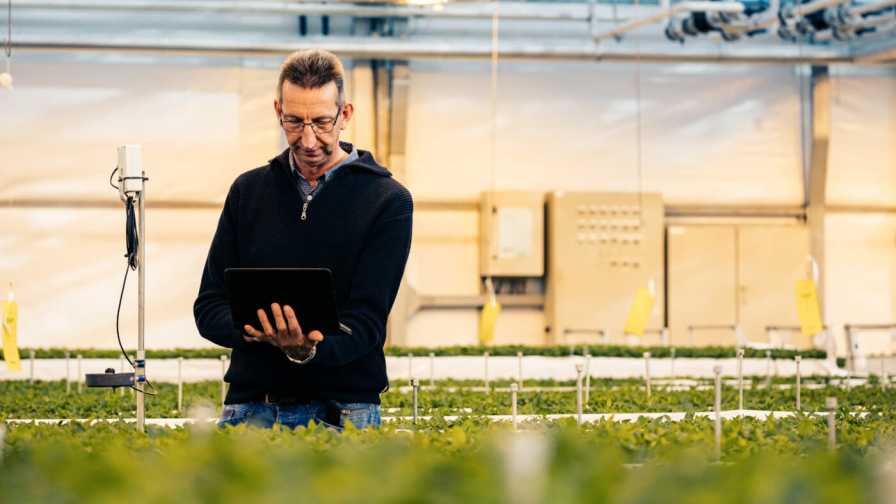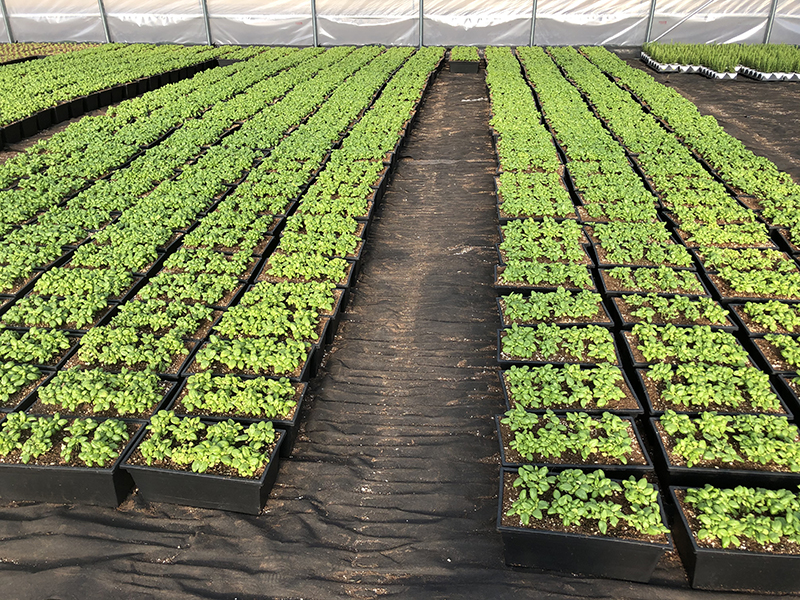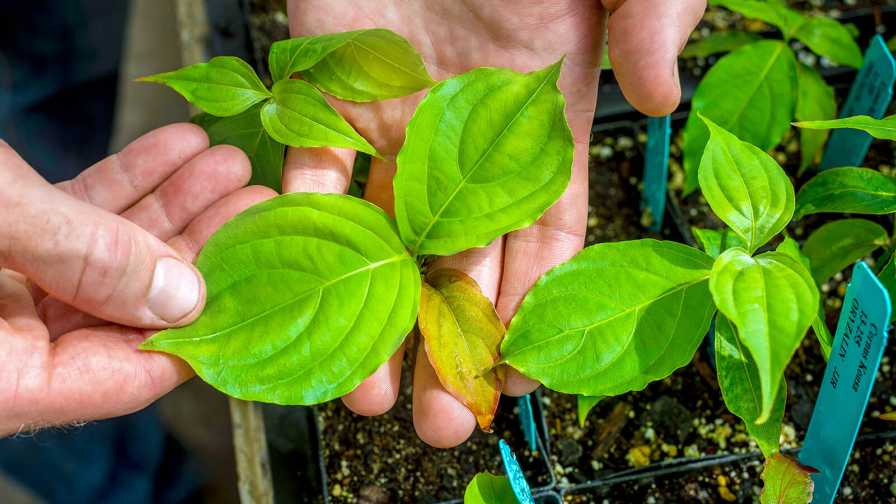5 Digital Horticulture Trends Growers Should Monitor
 There has been a rapid digital transformation in the last decade, with innovations in almost every industry, including horticulture. The team at 30 MHZ, a Dutch-based supplier of greenhouse climate controls and data management systems, believes there is still much untapped potential. In a recent blog, the team highlights five digital horticulture practices every grower should be monitoring (check out the complete blog post for real-world examples of these practices in action at leading growing operations).
There has been a rapid digital transformation in the last decade, with innovations in almost every industry, including horticulture. The team at 30 MHZ, a Dutch-based supplier of greenhouse climate controls and data management systems, believes there is still much untapped potential. In a recent blog, the team highlights five digital horticulture practices every grower should be monitoring (check out the complete blog post for real-world examples of these practices in action at leading growing operations).
Gain More Control by Measuring and Comparing Different Variables
Accepting data from limited sources gives growers only a small picture of what’s happening in their greenhouse. In order for growers to move beyond control as a simple risk management strategy and use control as a profit driver, control devices have to become connected so all horticulture inputs can interact.
Combine Climate Computer and Sensor Data in One Platform
Data-based horticulture is becoming increasingly important, and real-time crop monitoring can help growers optimize their management strategies.
Harness Online Data to Protect Crops From Pests and Diseases
Quality data is crucial when crafting an integrated pest management program. Growers can combine different metrics on environment and crop-level insights (including dew point, vapor pressure deficit, absolute humidity, humidity deficit, and the absolute difference between air temperature and dewpoint) in one data platform. This provides the detailed overview needed to fight the range of insects, fungi, and diseases that can compromise crop development.
Make Crop Cultivation More Data-Driven
With the right tools, growers can create a database filled with meaningful and adequate data describing the status of climate and crop. They will be able to control and optimize growth plans and production processes in one digital platform. Growers can keep track of the crops in their greenhouse in real-time, and keep an interactive record of their growing practices, monitoring and analyzing information about, among other things, climate, soil moisture, energy use, and crop health at any time and place. This enables growers to make more data-driven decisions to optimize growing conditions, for example by adjusting climate, irrigation, and pest management strategies.
Collaborate Across Multiple Locations for Greater Consistency
To serve the horticulture industry well, a data platform needs to make comparing locations easy, whether those locations are down the road, across the country, or across the globe. That means making it easy to work with a variety of data sources (sensor data, climate control, manual data input) and making it simple and intuitive to discuss and explore that data with colleagues, wherever they might be. The ability to engage, together, on real-time and historical crop data remotely is a major boost for horticulture businesses aiming for greater consistency across locations, for making the most of consultants’ expertise, and for leveraging knowledge within decentralized teams.










